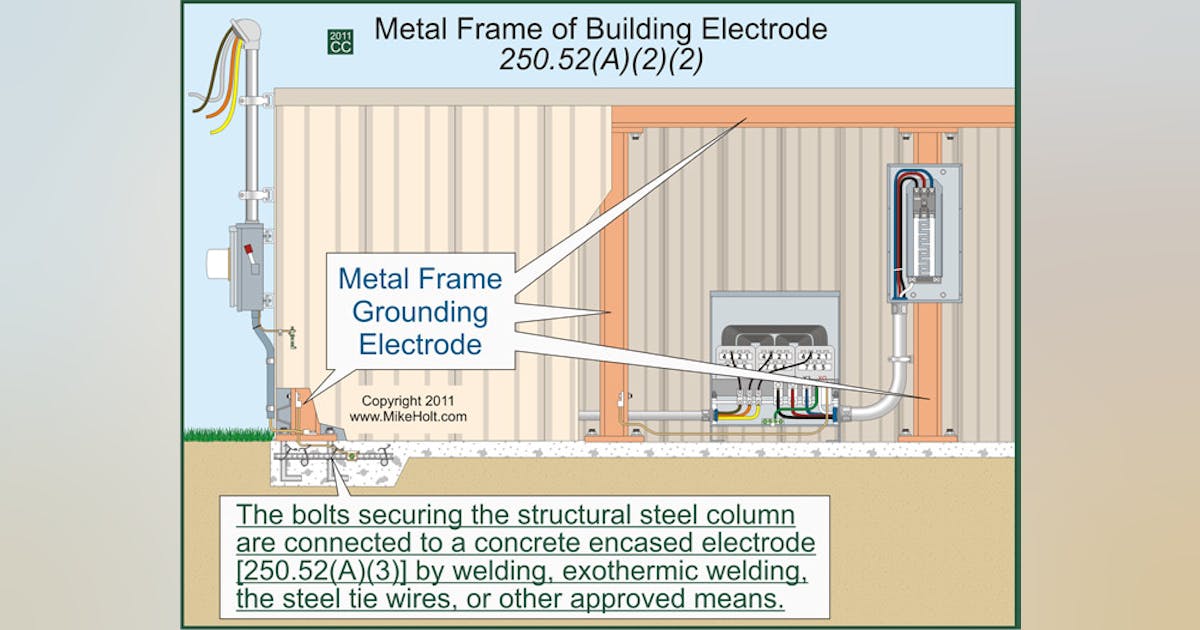Voltage of the other wires in the conduit is irrelevant. You want to bond it on both ends because if you don't the conduit acts as a inductive choke. You want a lightning strike to the equipment to be routed to ground through the ground wire and to have as little resistance on that path to ground as possible (since the electricity takes all paths in parallel - so the one with least resistance gets the most current)
When you put a steel tube around the ground wire, it now has a magnetic choke effect - and that effect at high frequency is significant. (and lightning is very high frequency compared to your 60Hz house wiring)
Here's a reference:
(I'm sure there are other places too if you search for "GEC inductive choke conduit"
When you put a steel tube around the ground wire, it now has a magnetic choke effect - and that effect at high frequency is significant. (and lightning is very high frequency compared to your 60Hz house wiring)
Here's a reference:
(I'm sure there are other places too if you search for "GEC inductive choke conduit"

 mmm good it is
mmm good it is
Comment